Wemindji, Eastern James Bay
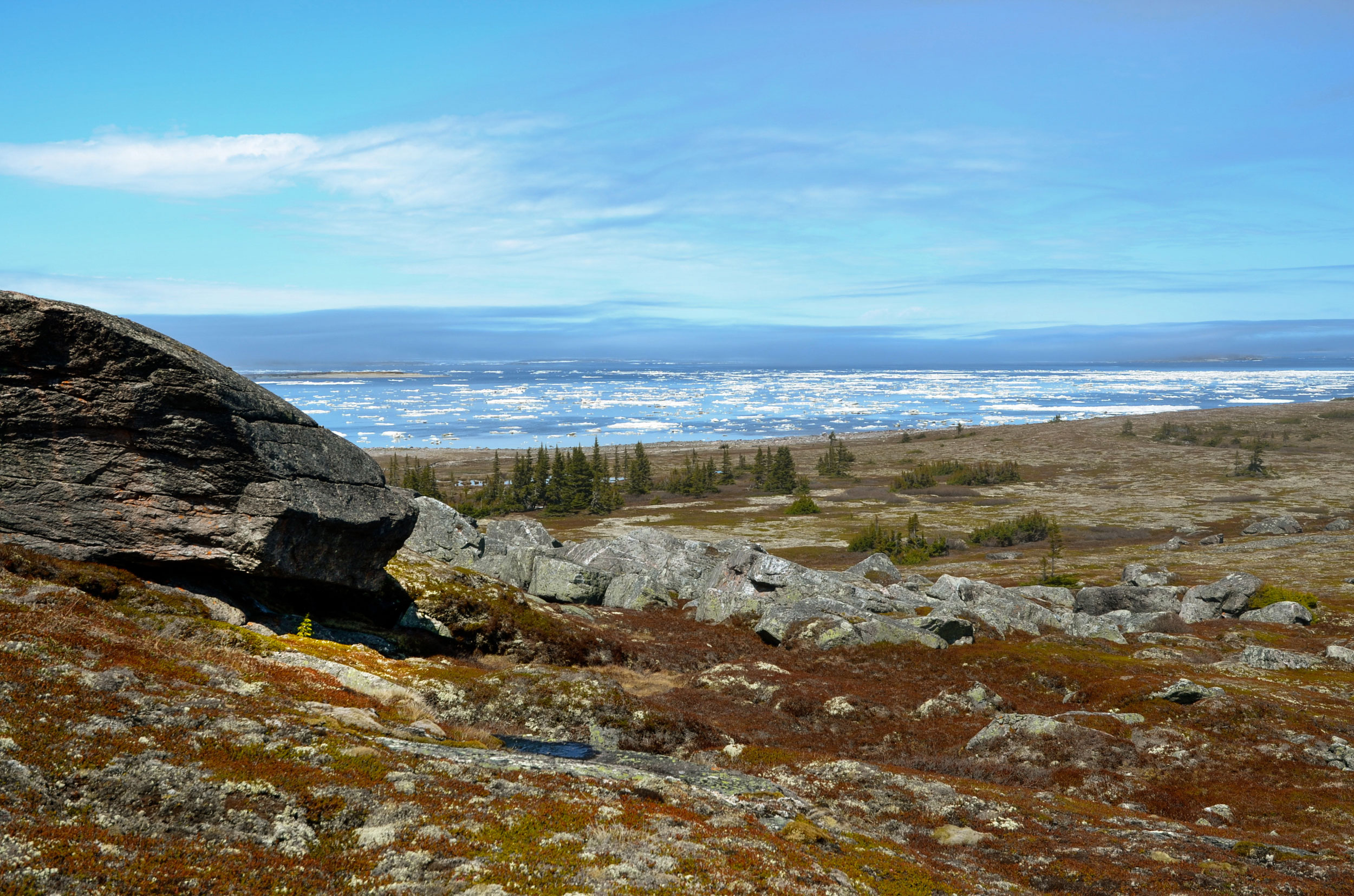
Wemindji, Eastern James Bay
Northern Quebec, Canada
Photos and Text by Caroline Morrow
Wemindji is a Cree community on the remote shores of Eastern James Bay. With a population of just over 1,200, Wemindji’s footprint is tiny compared to the immense boreal forest that surrounds it. The year I spent living in the community was the first time I had lived in such close proximity to the outdoors. Escaping into nature became a weekend ritual throughout the year, and seasonality quickly took on a new level of importance for me. I began to appreciate nature’s rhythms in a way I never had back home.
I arrived in September, just as the geese were flying south and the foliage was turning. From town, with its paved roads and clear-cut plots, it was easy to forget the vastness of the neighbouring landscape. A short hike up the granite outcrop behind the local gas station was all it took to remind me of the taiga’s majesty. The vista wasn’t particularly high, but its view was never-ending. It was impossible to deny the scale of Canada’s North. The horizon was a green and yellow sea of spruce, tamarack and aspen. Tree, upon tree, upon tree.
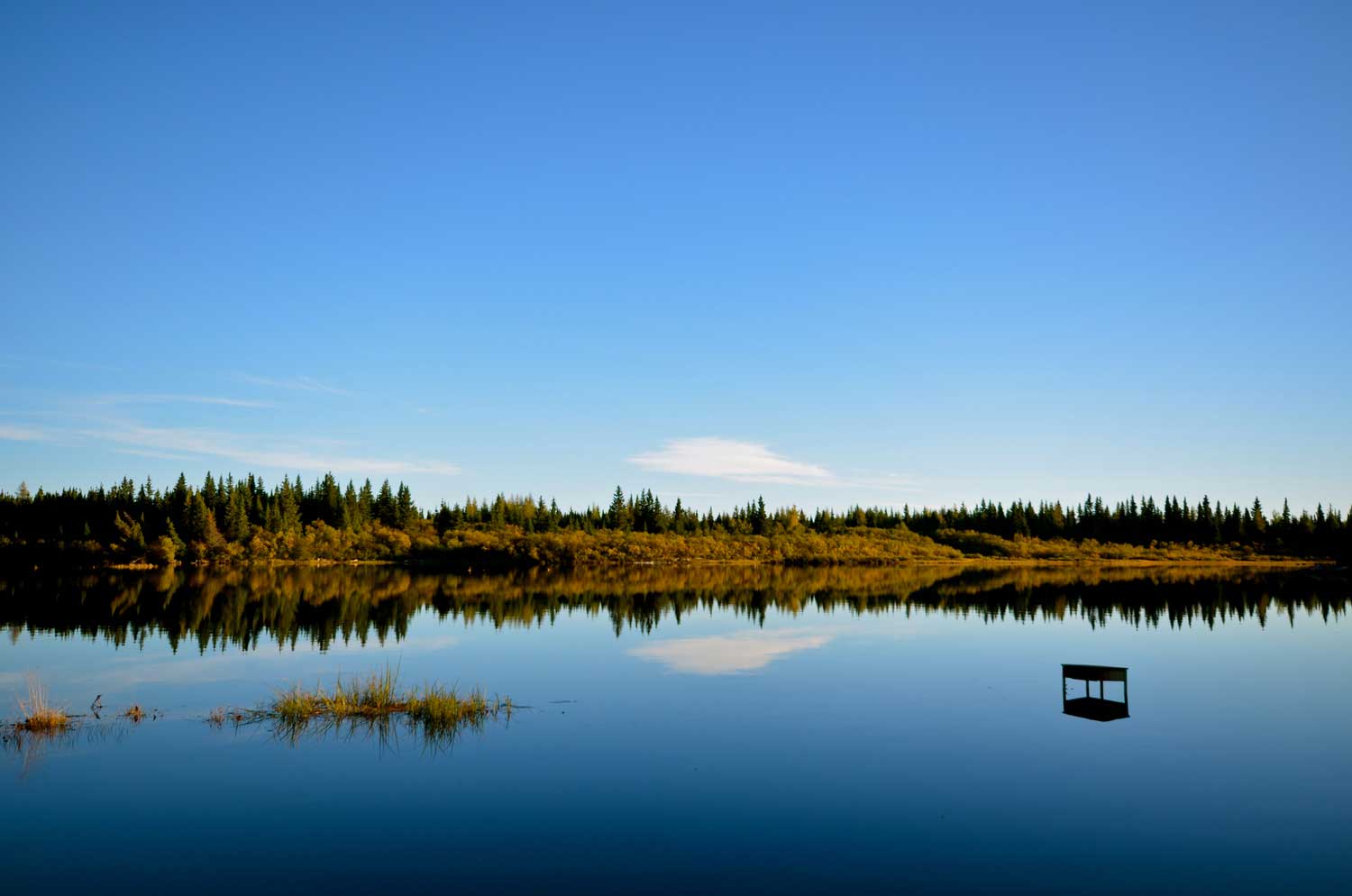
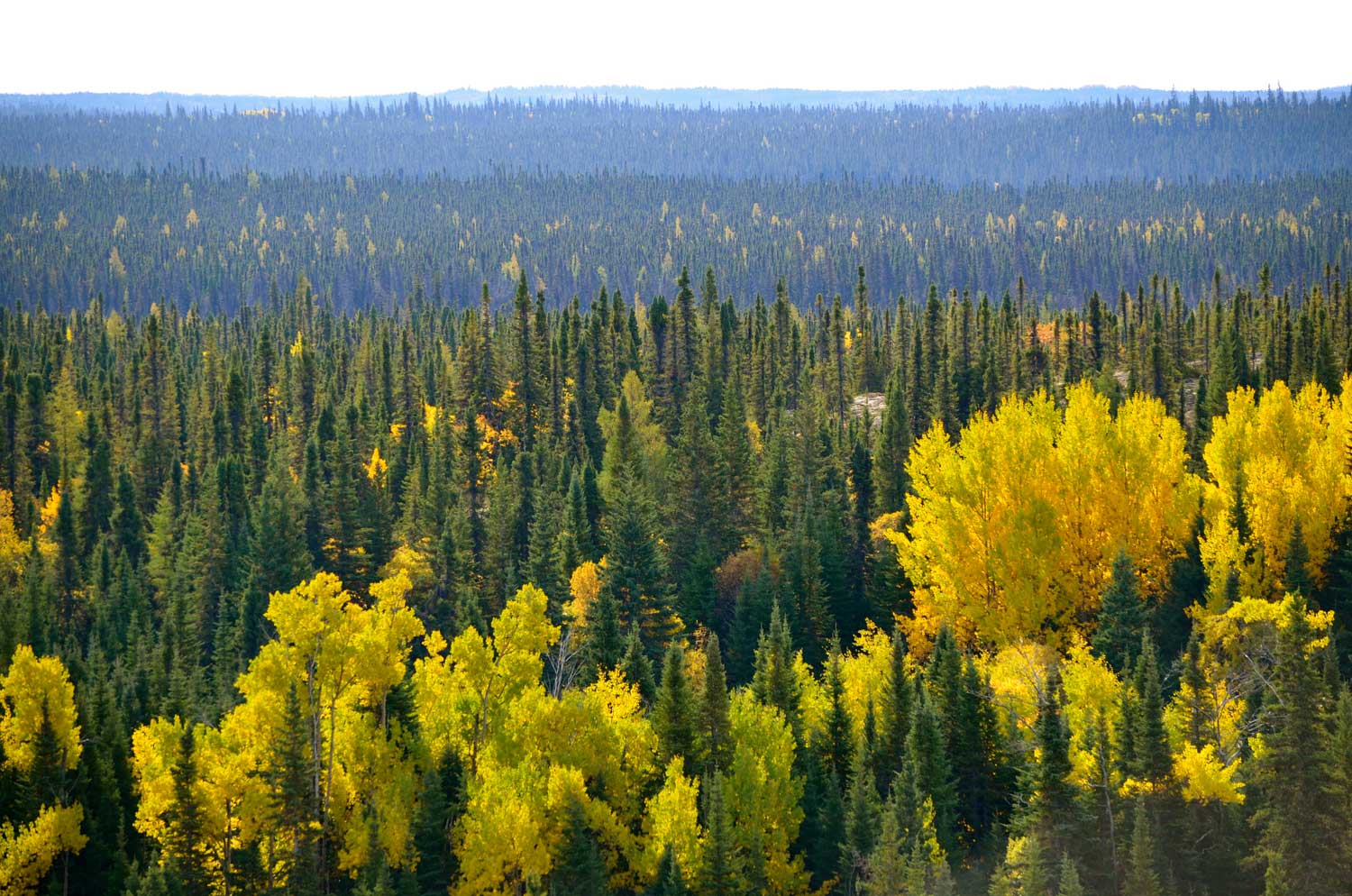
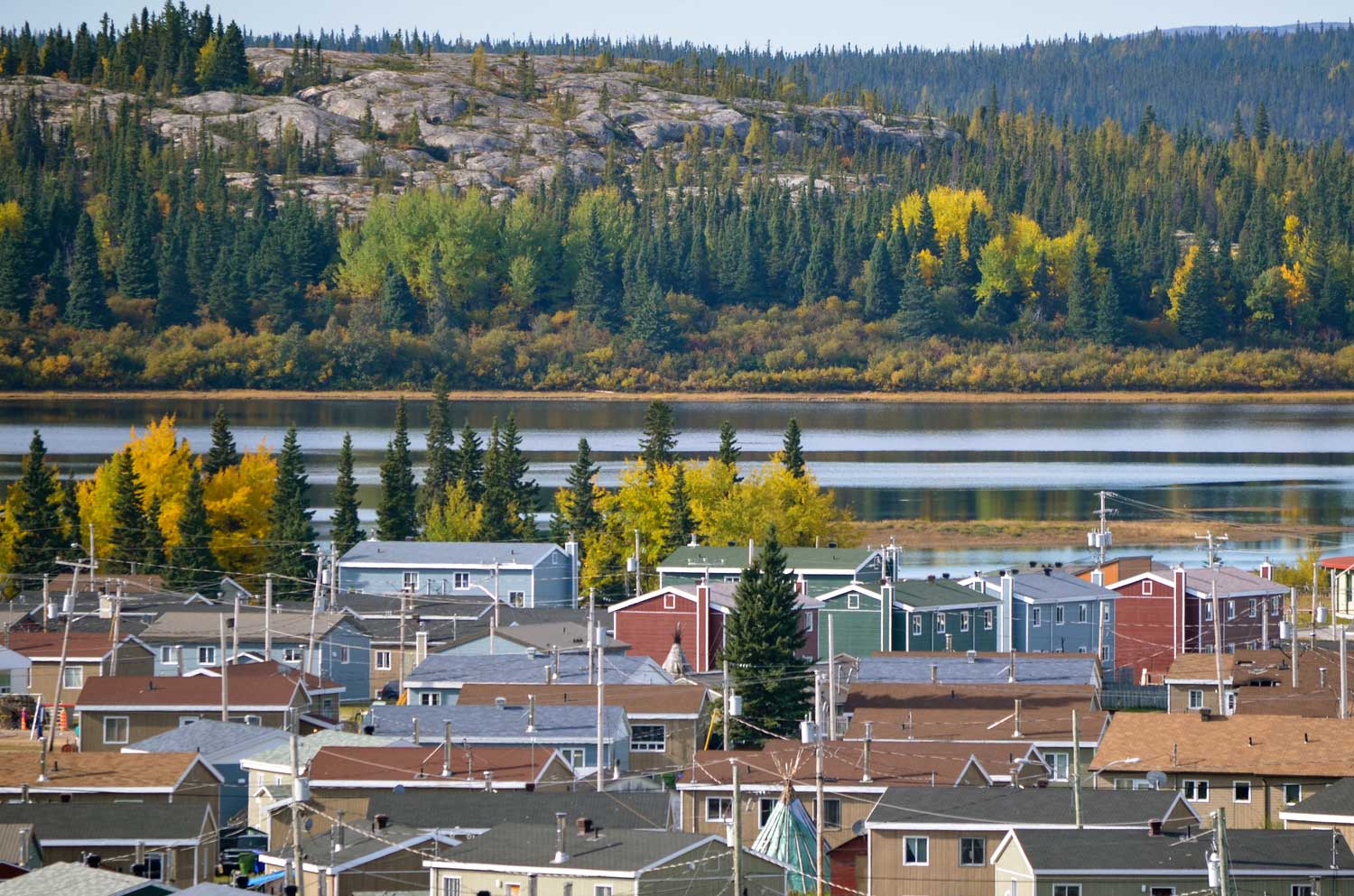
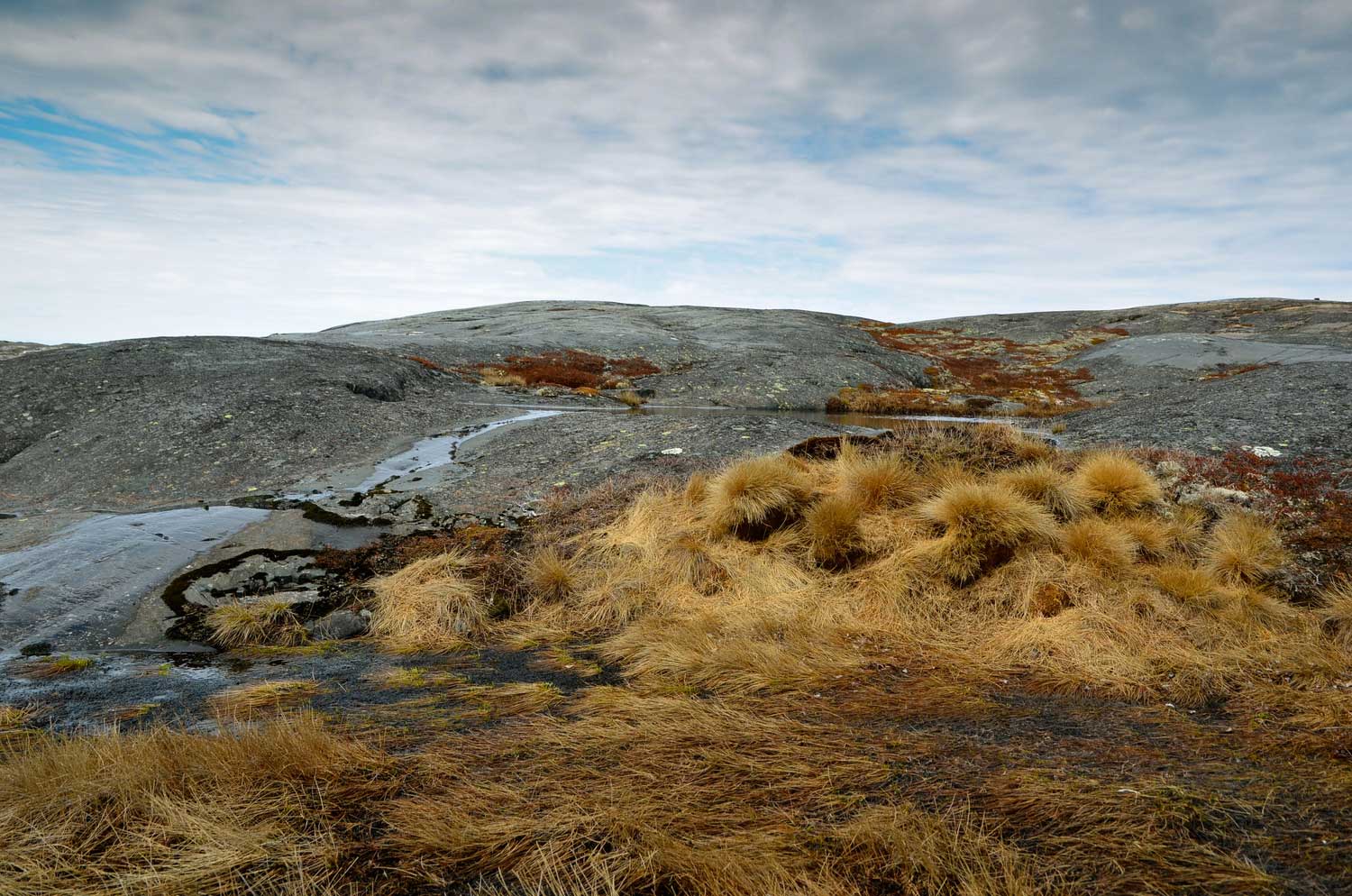
Winter arrived suddenly. Frigid temperatures, blue skies and bright snow replaced the warmth and colour of autumn. Snow covered the dense and impenetrable taiga underbrush. Ski-doo tracks took over, passing through the forest, across the river, and onto the frozen Arctic Ocean. These hunting trails provided a well-connected winter transportation system. Carefully, so as not to trip a line, I travelled them every weekend by ski and snowshoe. This changed landscape opened up opportunities for new adventures. It did not take long to learn that winter camping meant sleeping between treetops. I built many a fire, only to watch heavy-hearted, as each sunk slowly through a deep tunnel of melting snow.
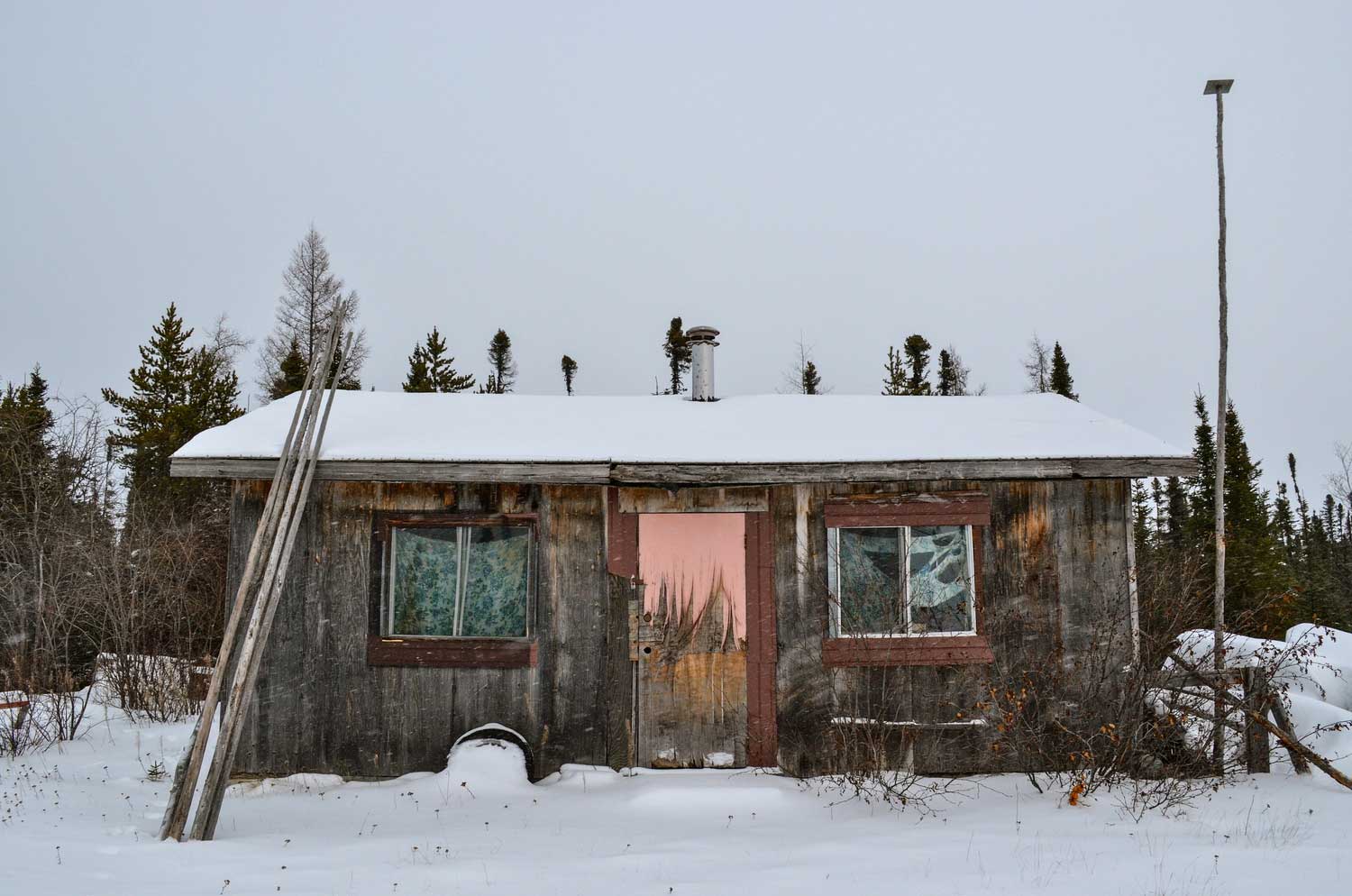
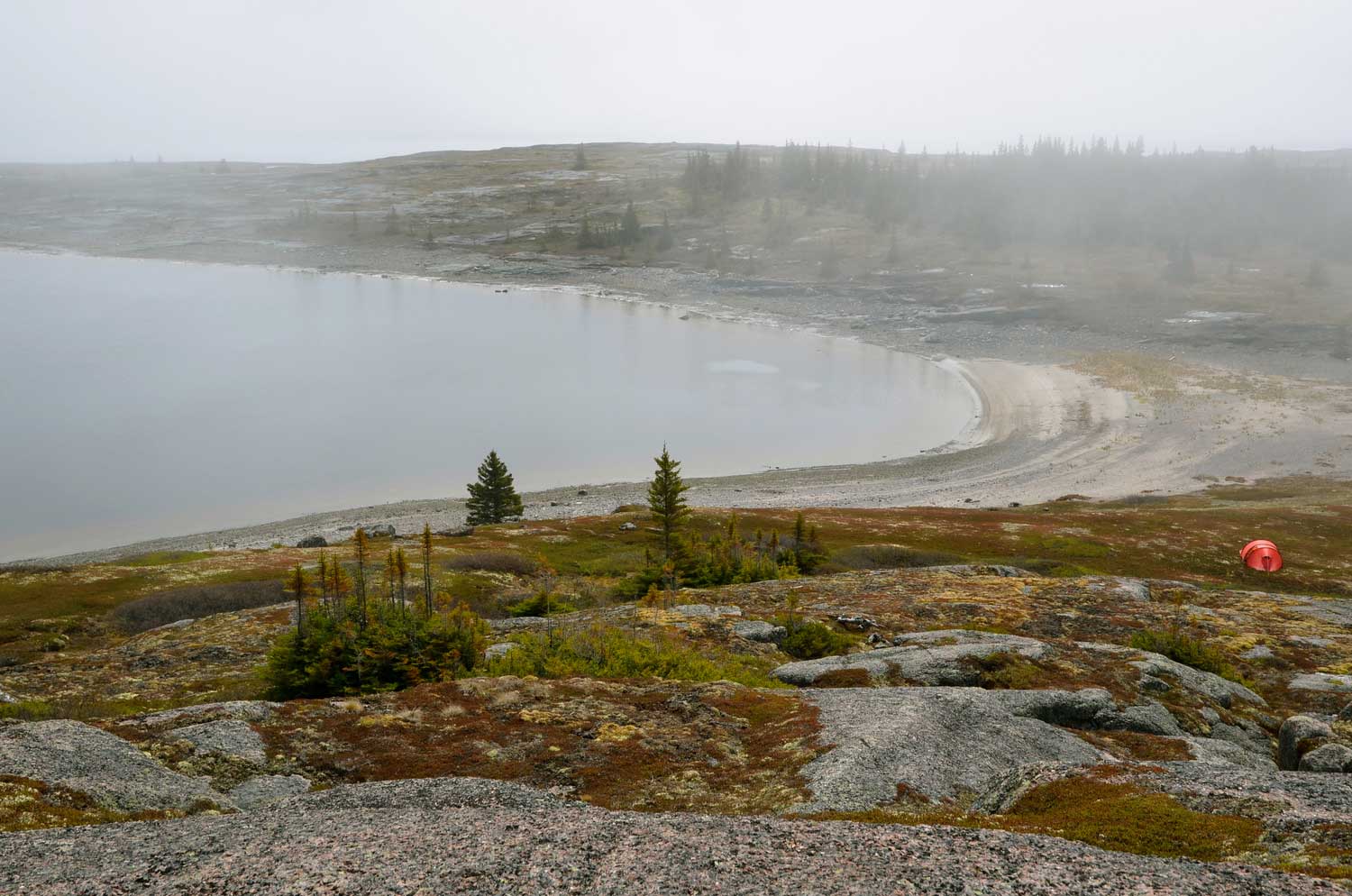
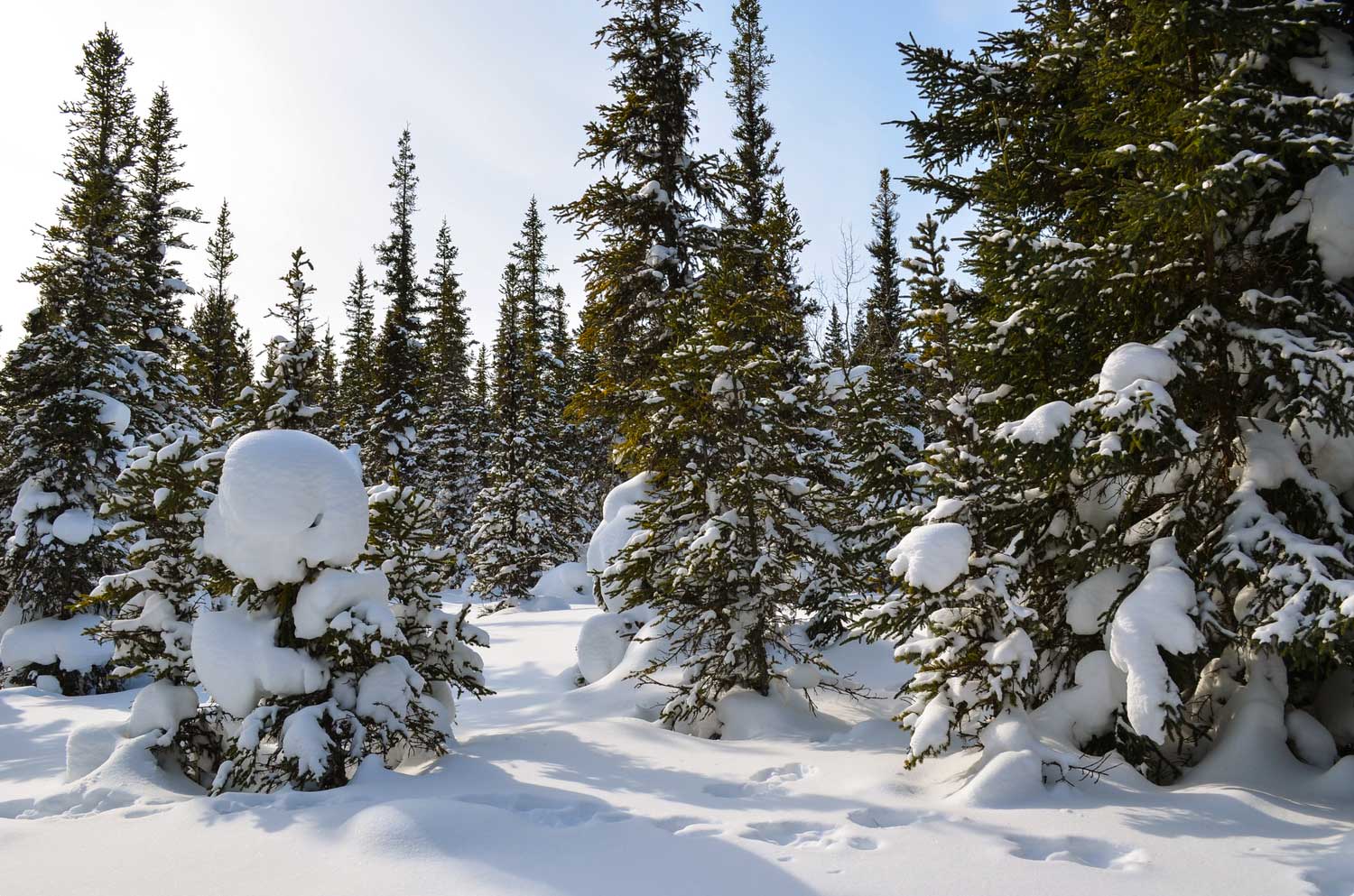
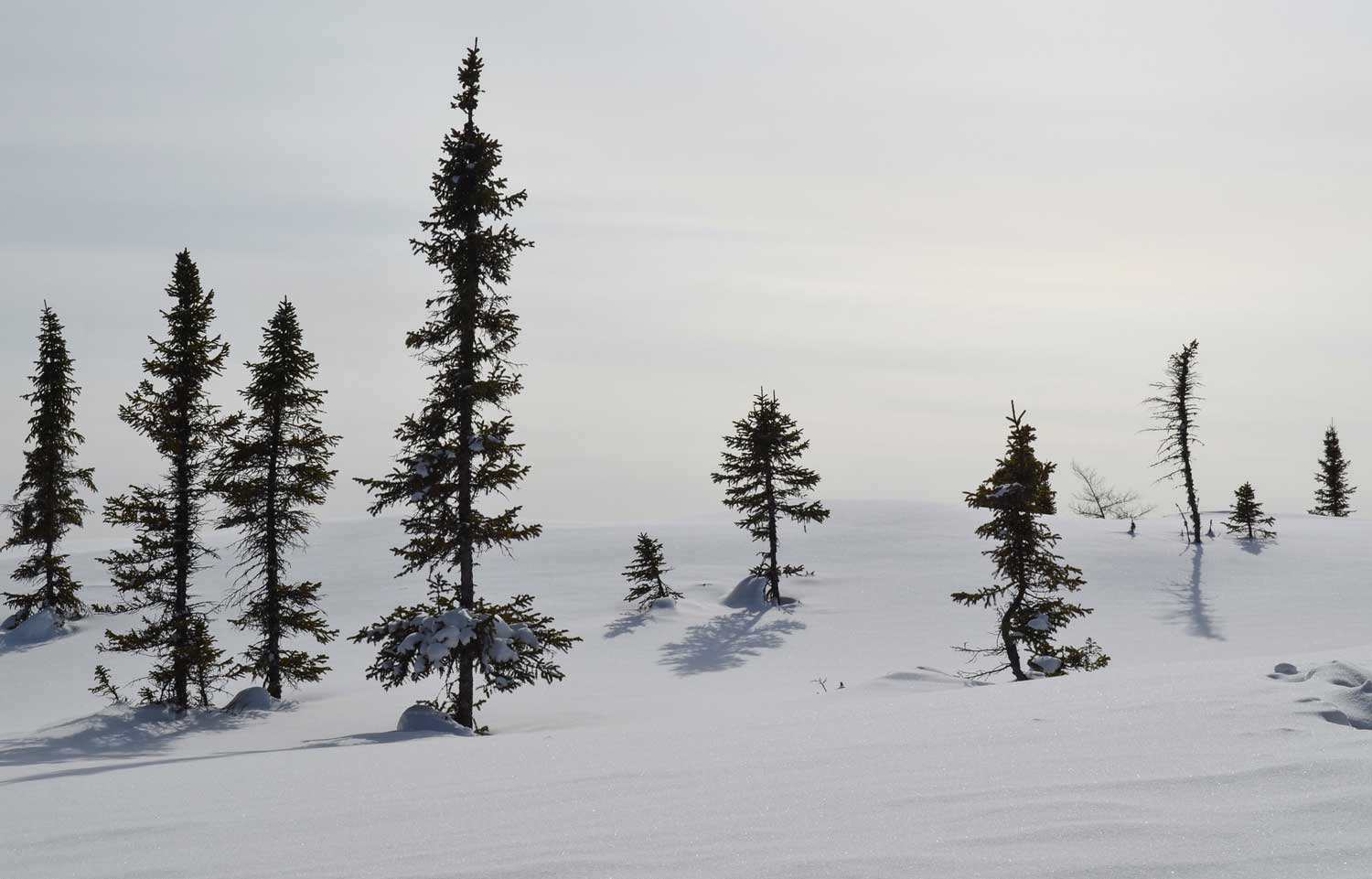
Winter ended as abruptly as it came. Squawking jays and whooshing buntings announced the arrival of spring. It wasn’t until the sounds of life returned, that I noticed winter’s long and subtle silence. What a refreshing moment it was to hear that first bird call. The best sound though, was the clinking of ice on the river. When an ice flow splits, its pieces have nowhere to go but into each other. I don’t think there is anything so glorious as cruising downriver, to the gentle serenade of wind chimes made of water and ice.

When summer arrived, James Bay opened. The ice retreated into the ocean and Wemindji’s trail network changed from snow back to water. Within an hour’s paddle from town, with its high winds and colder temperatures, was a barren and alien Wemindji. As I paddled further out, the taiga landscape of the mainland gave way to thawing tundra islands. They were covered in a cushy carpet of moss and lichen that guaranteed the most comfortable camping around. Summer in Wemindji is the tail end of goose season, so I had to camp and kayak strategically. Nobody hunts on Sundays though. On Sundays, the islands are empty. On Sundays, I would sip warm coffee and watch ringed seals play in the flowing channels. On Sundays, when I took a minute to slow down, it was easy to appreciate the seasonal impermanence of this Northern landscape.

Photos (C) 2015 Caroline Morrow
Caroline Morrow bought her first camera at age 11 and hasn’t stopped taking pictures since. Today, photography is a creative outlet for Caroline’s biggest passions: food, travel and the outdoors. She currently lives in Kingston, Ontario and studies Urban Planning. Her misadventures have included monkey attacks, jellyfish encounters and 12h ferry rides in the wrong direction. You can follow along through her social media accounts:
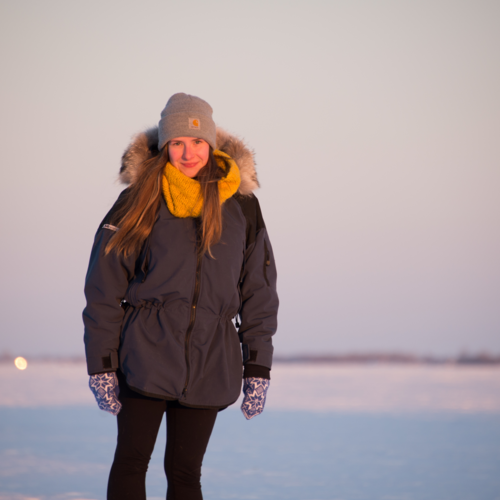
Photo of Caroline by Troy Glover
Be the first to comment